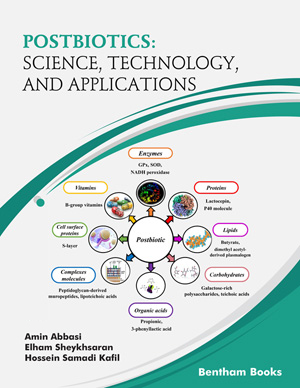Abstract
Hydrodistillation is a traditional method that has long been used to extract
essential oils and hydrolates from plant matrices known to be rich in bioactive
compounds. The use of water as a solvent in the process does not require the recovery
of the solvent, with a saving in terms of time, energy, loss of volatile compounds, and a
lower environmental impact. Very often, and for some matrices rich in essential oils,
hydrolates are considered a by-product. They contain a variety of organic
phytochemicals which can be extracted and used for other medicinal, cosmetic,
dermatological, and commercial applications. Extracts derived from different plant
parts, such as leaves, roots, stems, bulbs, fruits, flowers, and seeds, vary in
characteristics and composition. Many other variables can influence the composition of
hydrolates, such as geographic location, cultivation techniques, seasonality, and
process variations. Plant hydrolates contain significant quantities of bio compounds
with different activities: they can be used as antimicrobial, sanitizing, or antitumor
agents for the control of weeds, nematodes, larvae, and various parasites affecting
crops of agronomic interest, as well as anesthetizing in aquaculture. These extracts are
also used in aromatherapy or as components in cosmetic formulations. The hydrolate
represents a matrix of considerable interest due to the greater ease of diffusion on
specific substrates and the lower toxicity compared to essential oil.
Keywords: Acaricidal activity, Anesthetizer, Antibacterial activity, Antifungal activity, Antifeeding activity, Antioxidant activity, Antitumor activity, Aromatherapy, Dry distillation, Essential oil, Hydrodistillation, Hydrolate, Ixodicidal activity, Larvicidal activity, Nematicidal activity, Pest control, Sanitizer, Steam distillation.






















